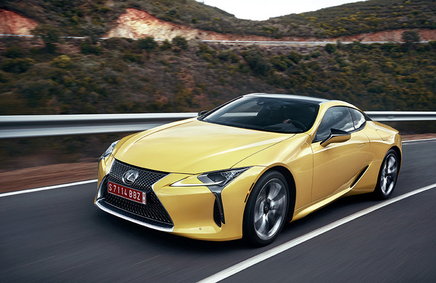Collector Car Corner: ‘Unusual’ American Motors engine?
Q: Hello Greg. I receive the Troy Pennysaver, in Troy, Penn., and the first thing I look for is your Collector Car Corner column. It’s filled with great info for us car nuts. I was at a car show recently and spied a group of people peering into the open hood of a 1965 Rambler American, so I thought I would check it out.
I expected to see another small block Chevy conversion, but instead found a flathead six- cylinder with the carburetor bolted directly to the cylinder head. The engine had no intake manifold. I have never seen anything like this before, and the owner’s story was this: When AMC purchased Studebaker they "found" 4000 of these motors in a warehouse and to recoup some of the money, so they put them in their lowest priced car, the American 200. Most of these were sent to Canada.
My question is was this engine a Studebaker design or did they purchase these from an outside source? By the way, there were over 200 cars on display at this show and most were street rods or small block Chevy conversions. However, this little AMC American took the spectators choice award.
Thanks in advance for any info you can give me on this unusual design. Eric Bielke, Troy, Pa.
A: Eric, thanks for the question and your excellent photos. It turns out that the information you received at the car show is off base on several points.
First, Studebaker was never purchased by American Motors. Studebaker was, however, purchased by Packard in 1954 in an alliance that the owners and stockholders hoped would strengthen both brands. Sadly, this merger/purchase did not pay the dividends expected, and both car companies were out of business not too long after.
Not to confuse the situation, but there was talk and plans for Studebaker, Packard, Nash and Hudson to eventually join forces as a powerful four-brand American Motors Corporation (AMC). This venture got halfway home, as Nash-Kelvinator merged with Hudson thanks to Nash executive George Mason to form the official American Motors Corporation (AMC). However, Mason died suddenly after the merger in 1954 resulting in just a “two brand” American Motors (Nash/Hudson) instead of the four brand idea.
Unfortunately, all four nameplates would eventually disappear, with Packard the first by 1959 followed by Studebaker, which built its last vehicle in 1966. AMC lasted the longest and all the way to 1988 when a then Chrysler owned AMC/Jeep/Eagle found an AMC badged Eagle roll off the assembly line.
As for the engine in the Rambler American photos, it was actually an original Nash design that dates all the way back to 1941. It was a very durable engine and was utilized by AMC in one form or another through 1966 following AMC’s formation. As you noticed, this flathead six-cylinder has no intake manifold visible to the eye, although the intake was integrated inside the cylinder head to feed each of the six cylinders.
Hope this all helps and we all learned a good lesson today: IE: even if the owner of a collector car says it’s so, it may not be!
Thanks for reading my column and hope this all helped.
(Greg Zyla is a syndicated auto columnist who welcomes reader questions on collector cars of all types at 303 Roosevelt St., Sayre, Pa. 18840 or email at greg@gregzyla.com).
